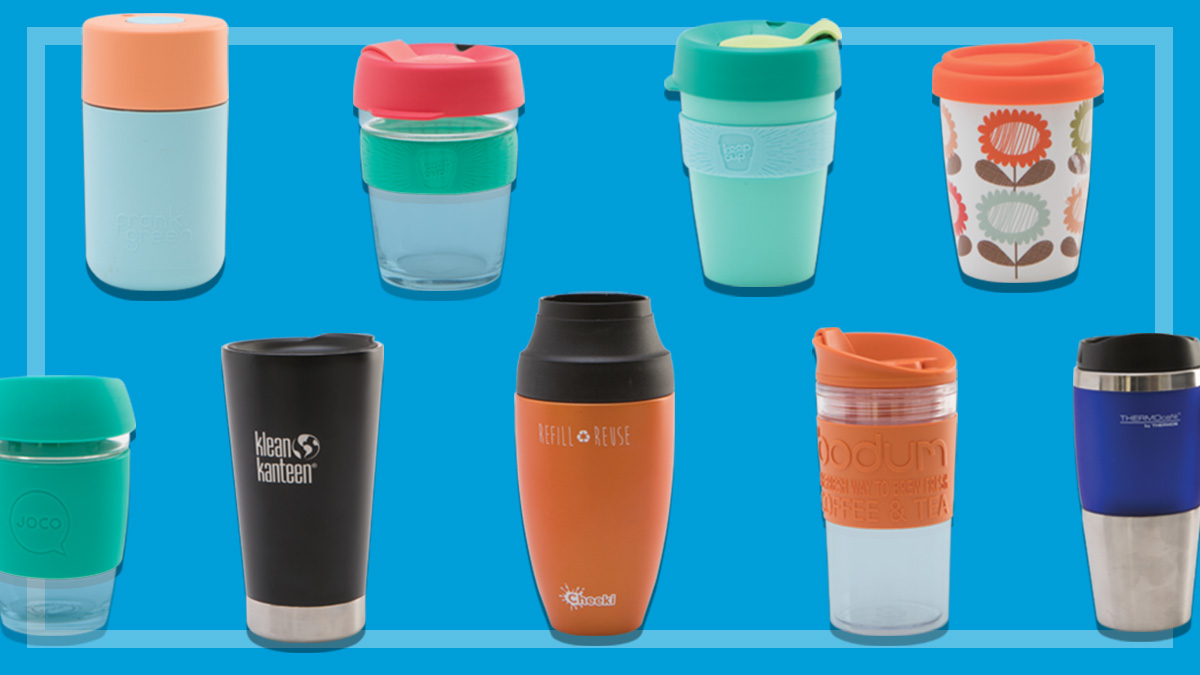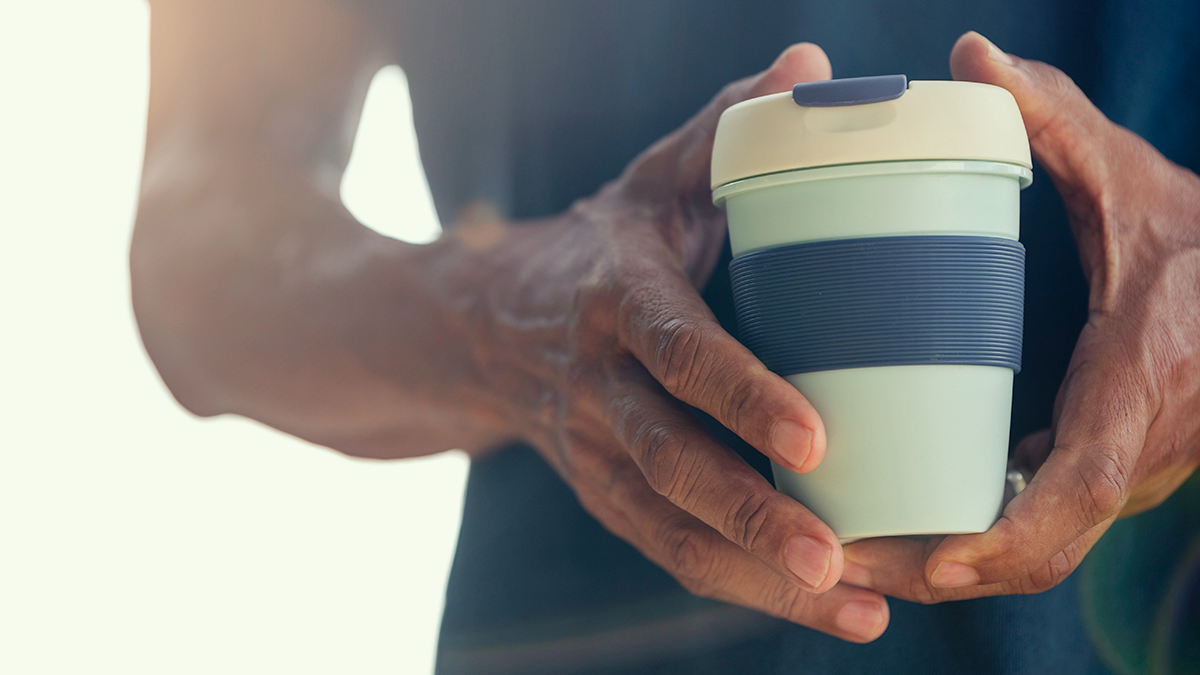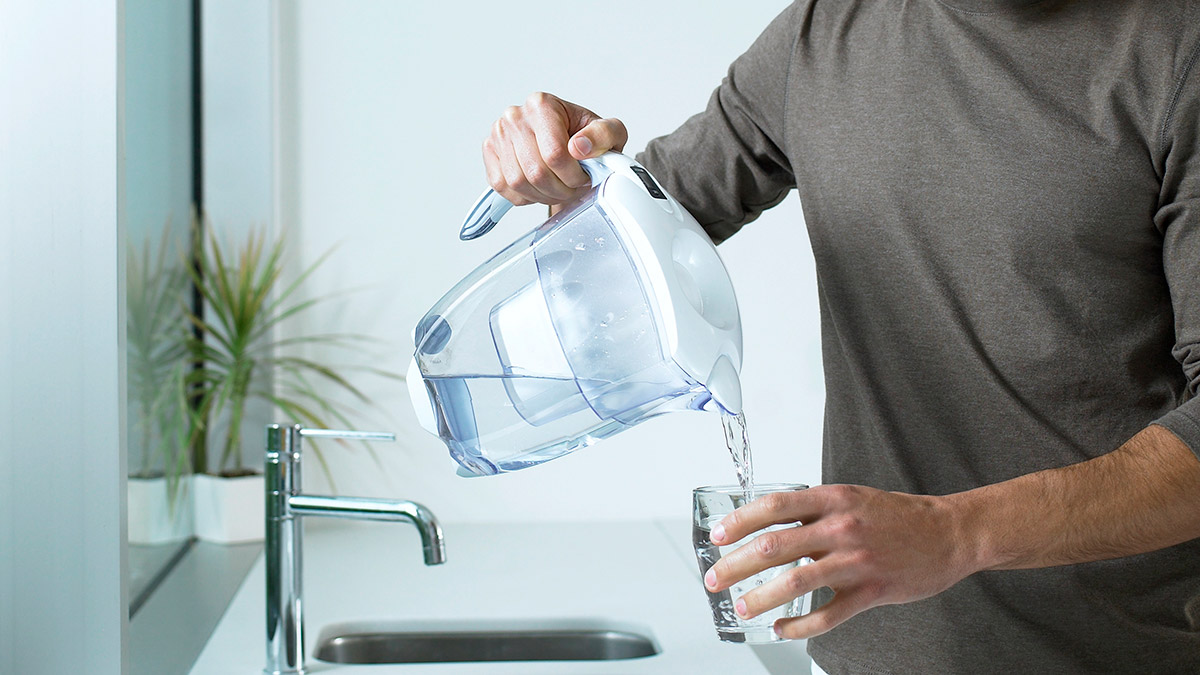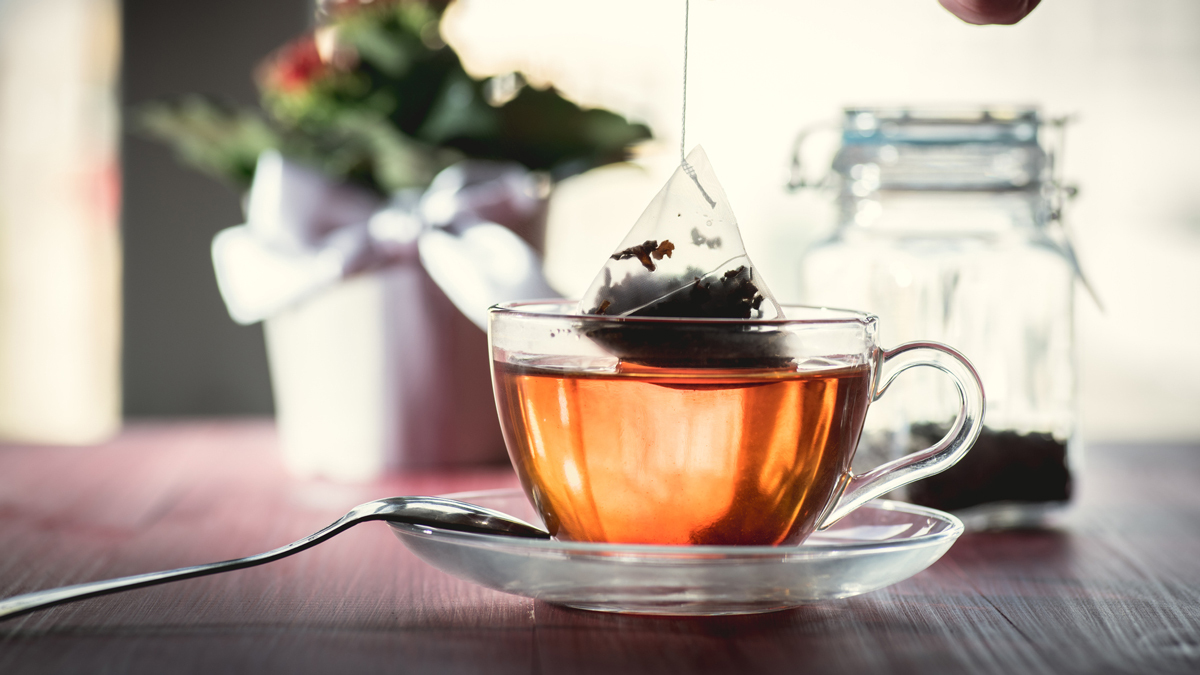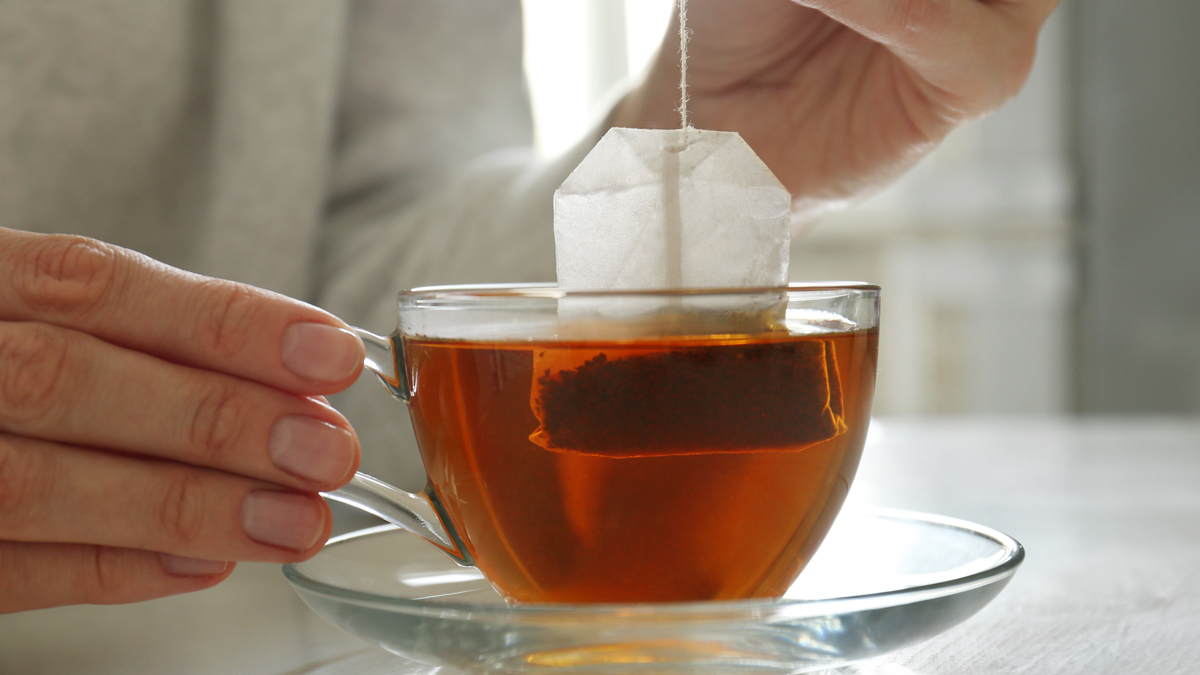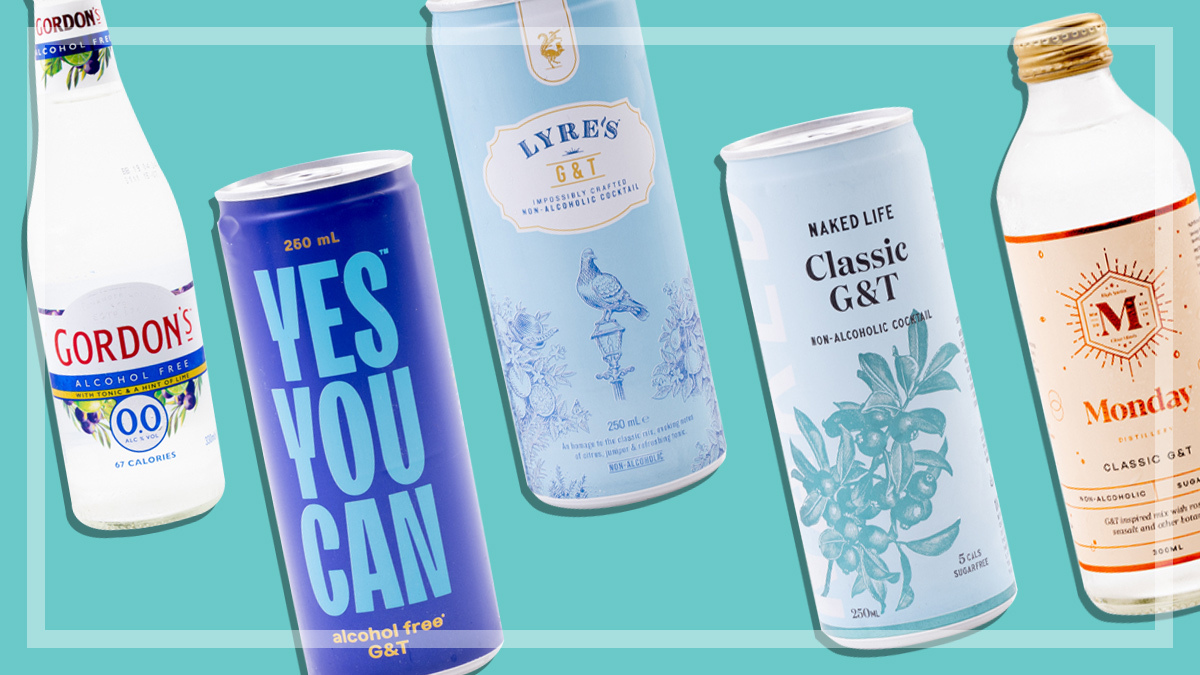Get our independent lab tests, expert reviews and honest advice.
How we test reusable coffee cups

If you’re someone who swears by your morning brew, there are few things more important than a reusable cup that won’t let you down. And while they’re a better choice for the environment than paper cups, not all reusable cups are capable of holding their heat over long periods of time.
On this page:
Here’s how we assess the quality of reusable coffee cups from brands like Kathmandu, KeepCup, Bodum and more.
How we choose what we test
We select products from popular brands that are either available in prominent online and traditional retailers, or ones that have strong brand recognition that you’re likely to seek out.
How we test reusable coffee cups
Performance
We measure how long it takes for boiling water to cool in each cup. First, we drill a hole in each lid that’s 0.1mm larger than the thermocouple we use to measure temperature. Then we fill each cup with one standard coffee serve of boiling water, attach the lid, then insert the thermocouple with the tip as close as possible to the centre of the cup.
The thermocouples are attached to a logger that records the temperature every 60 seconds, while the surrounding ambient air temperature is maintained at approximately 24°C. We then wait for the water to drop to a temperature of 50°C. We analyse this data to determine which cups take the longest to cool down. Cups that hold their heat for longer earn higher scores.
Ease of use
We assess:
- ease of fitting and removing the lid
- ease of opening and closing the sipper cover (where applicable)
- ease of carrying
- ease of drinking with the lid on via the sipper opening
- ease of drinking with the lid removed
- ease of dismantling the cup to clean.
We also test whether the cup is hot to hold or if it leaks when closed.
Scoring
The CHOICE Expert Rating (our overall score) is based on:
- performance (50%)
- ease of use (50%).

